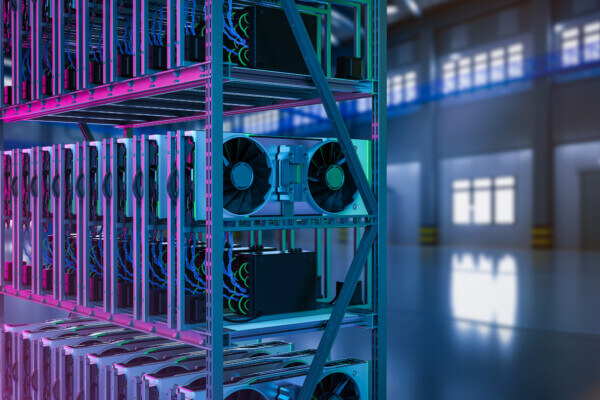How HPC and Edge Computing Are Converging to Shape the Future
- HPC and edge computing are converging – Processing data closer to the source reduces latency and improves efficiency.
- Edge computing enhances real-time AI and analytics – Industries like autonomous systems and smart cities benefit from faster decision-making.
- A hybrid model balances speed and computational power – Edge devices handle real-time tasks, while HPC clusters process complex workloads.
- Future-proofing requires scalable HPC solutions – Businesses integrating edge and HPC will stay ahead in AI, automation, and big data.
High-performance computing (HPC) has long been the backbone of cutting-edge research, AI development, and massive data analysis. Traditionally, these powerful computing environments were centralized, housed in large-scale data centers designed to handle complex simulations, AI model training, and scientific research. However, as real-time applications like autonomous systems, industrial automation, and AI-driven analytics demand lower latency and faster decision-making, the convergence of HPC and edge computing is emerging as the next frontier.
By combining the power of scalable HPC with the agility of edge computing, organizations can process massive datasets closer to the source—reducing latency, improving efficiency, and unlocking new possibilities for industries that rely on real-time insights.
Why Edge Computing Is Reshaping HPC
Edge computing is designed to bring computation and data storage closer to the point of data generation. This shift is essential in scenarios where milliseconds matter—such as self-driving cars, predictive maintenance in manufacturing, or AI-powered healthcare diagnostics.
However, traditional edge computing environments often lack the raw power needed for complex data analysis. That’s where HPC edge computing comes in—delivering the massive parallel processing power of HPC to decentralized locations, enabling real-time AI inference, advanced analytics, and near-instant decision-making.
Key advantages of integrating HPC with edge computing:
- Lower latency for real-time processing – Moving AI inference and analytics closer to data sources reduces the time required for decision-making.
- Bandwidth optimization – Processing data at the edge minimizes the need to transmit massive datasets back to centralized data centers, reducing network congestion.
- Scalability across industries – From smart cities to automated supply chains, businesses can deploy scalable HPC infrastructure tailored to their specific needs.
The Role of Edge Computing in High-Performance Workloads
One of the biggest challenges in processing edge computing data is managing the sheer volume of data generated by AI and IoT systems. While edge nodes handle localized tasks, large-scale computations—such as AI training and scientific modeling—still require the power of centralized scalable HPC environments.
A hybrid model is key to effective edge computing integration. Edge devices process real-time tasks, while centralized HPC clusters handle computationally intensive workloads. This seamless collaboration allows businesses to achieve both speed and computational depth without overloading either system.
The Future of HPC: A Hybrid Approach
The next generation of scalable HPC will not be confined to centralized supercomputers. Instead, it will extend to the edge—enabling industries to harness both the real-time speed of edge computing and the deep computational power of traditional HPC environments.
By embracing this hybrid approach, businesses can unlock new opportunities in AI-driven automation, real-time analytics, and IoT-enabled systems—ensuring high performance without compromise.
How Core Scientific Supports HPC and Edge Computing Integration
Core Scientific enables enterprises to bridge the gap between centralized HPC and real-time edge computing with:
- High-performance colocation services – Providing energy-efficient, high-density infrastructure for AI and HPC workloads.
- Optimized power and cooling solutions – Ensuring maximum efficiency and reliability for intensive computing environments.
- Flexible, scalable HPC environments – Enabling organizations to seamlessly integrate edge computing with centralized HPC clusters for real-time and large-scale data processing.
As industries continue adopting AI, automation, and real-time analytics, the convergence of HPC and edge computing will define the future of high-performance workloads. With Core Scientific’s expertise, enterprises can future-proof their infrastructure, ensuring they have the power, flexibility, and efficiency to meet growing computational demands.
This blog post is for informational purposes only and does not constitute professional or investment advice. This content may change without notice and is not guaranteed to be complete, correct, or up to date. The views expressed are those of the author only and do not express the views of Core Scientific, Inc.


